October 2022 | Interview with photographer, Jerry Dodrill
Part II: Some people have been put off by my fire photos because they relate the flames to destruction and fear. I don’t see it that way, but as a necessary force of nature that restores balance to a natural world that has evolved to burn and regenerate.
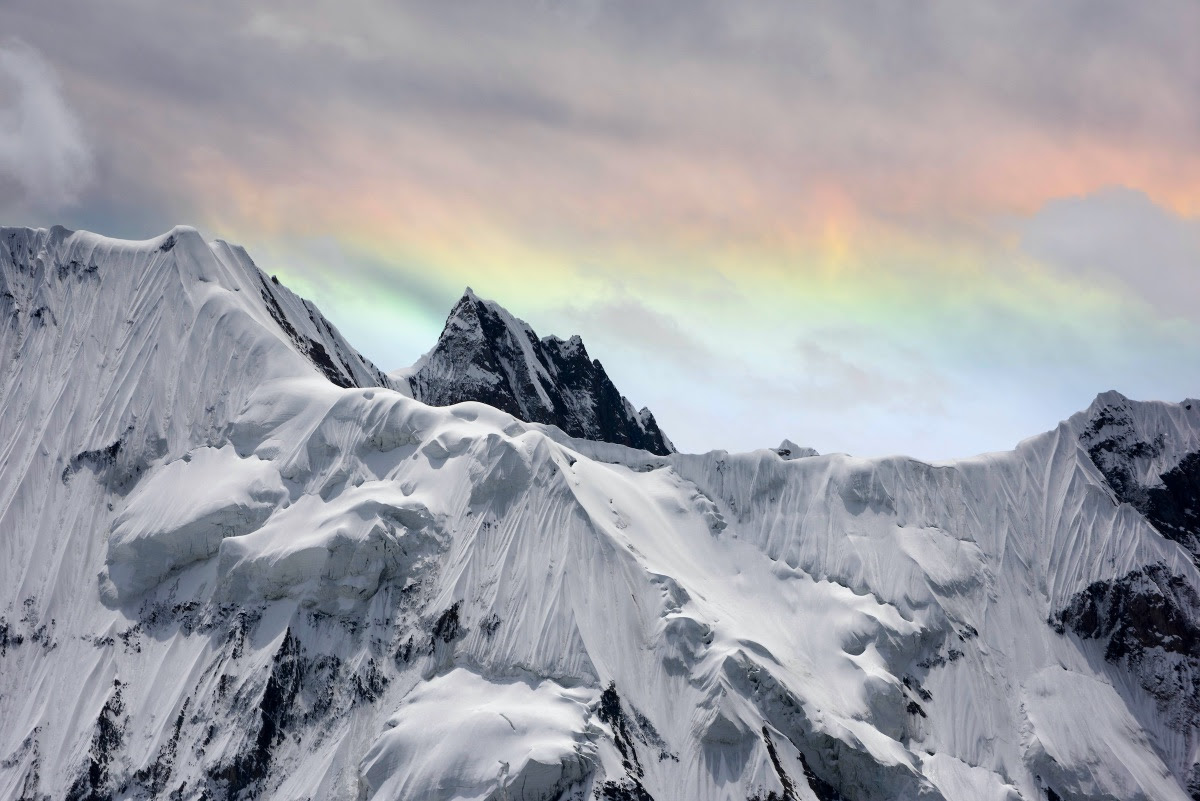
All photos by Jerry Dodrill
In the summer of 1997, I graduated from college in Napa Valley with degrees in Fine Art and photography, and began working full-time at the Mountain Light Photography Gallery in Emeryville, owned and operated by the husband and wife team of Galen and Barbara Rowell. I mentioned that Galen had been influential, not just for his fine photography and writing skills, but as one who knew how to live an incredibly full life. Son of a UC Berkeley professor and a concert cellist, he was extremely motivated and an incredible athlete. When I met him at age 58, he was still running 50K ultra-marathons. During his storied climbing career, he made the first ski circumnavigation and the first one-day ascent of Denali, the highest mountain peak in North America, and had a thick resumé of ascents in the Sierra Nevada, the Andes, and the Himalayas. Among his list of eleven books are ‘My Tibet’ with his Holiness the Dali Lama, and ‘Mountain Light, In Search of the Dynamic Landscape’ which was the Sierra Club’s all-time best seller.
Until Galen stormed the scene, professional nature photography had been slow and heavy, using large format 4×5 inch cameras. He broke that mold by adapting the same “alpine style” fast and light approach he used in the mountains to his creative work. Using small 35mm cameras, he used his physical prowess and climbing skills to put himself in ridiculous locations and situations where you just wouldn’t or couldn’t take a big heavy camera. The spectacular images he brought back from adventures were manifestations of profound and often fleeting personal moments in nature that more than made up for any questions about film resolution. He burned through rolls of Ektachrome as he created iconic images for National Geographic and other major publications around the globe.
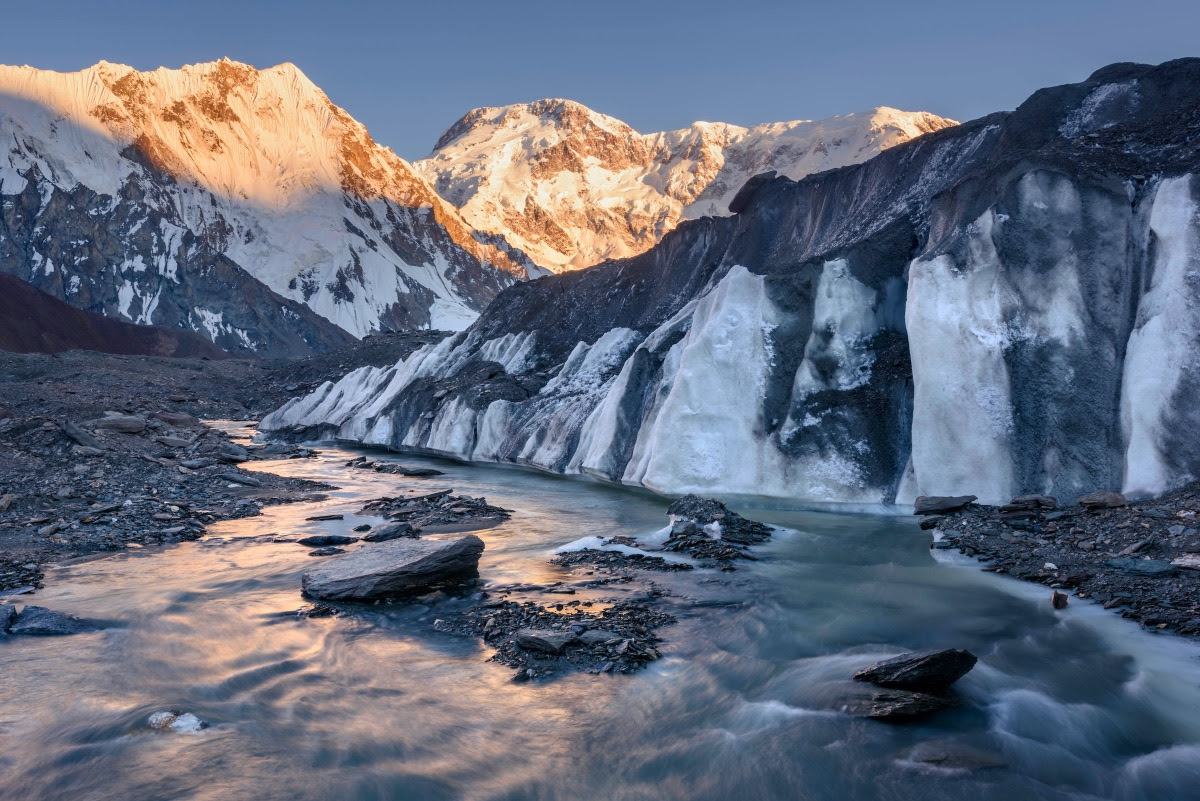
My job with the Rowells started as the gallery assistant. A year and a half later I was managing the gallery and workshop programs. As an assistant and collaborator in the field, I saw how he would pre-visualize best case scenarios for landscape photos and go to great lengths to put himself in just the right location before the critical moment. The bond we shared through both creative and athletic pursuits formed a unique camaraderie. To Galen, photography was an action sport. To stay in shape we would do regular early morning runs in the Berkeley hills, go bouldering after work at Indian Rock, and spend weekends skiing and climbing in the Sierra. Physical fitness was as important as and often increased creative fitness.
Working for somebody so skilled yet maniacally driven was an invaluable education. Being around him could be at once inspiring and infuriating. After four years it was time for me to move on and start my own photography life. We maintained a friendship that lasted until the Rowell’s tragic death in a small plane crash in August of 2002.
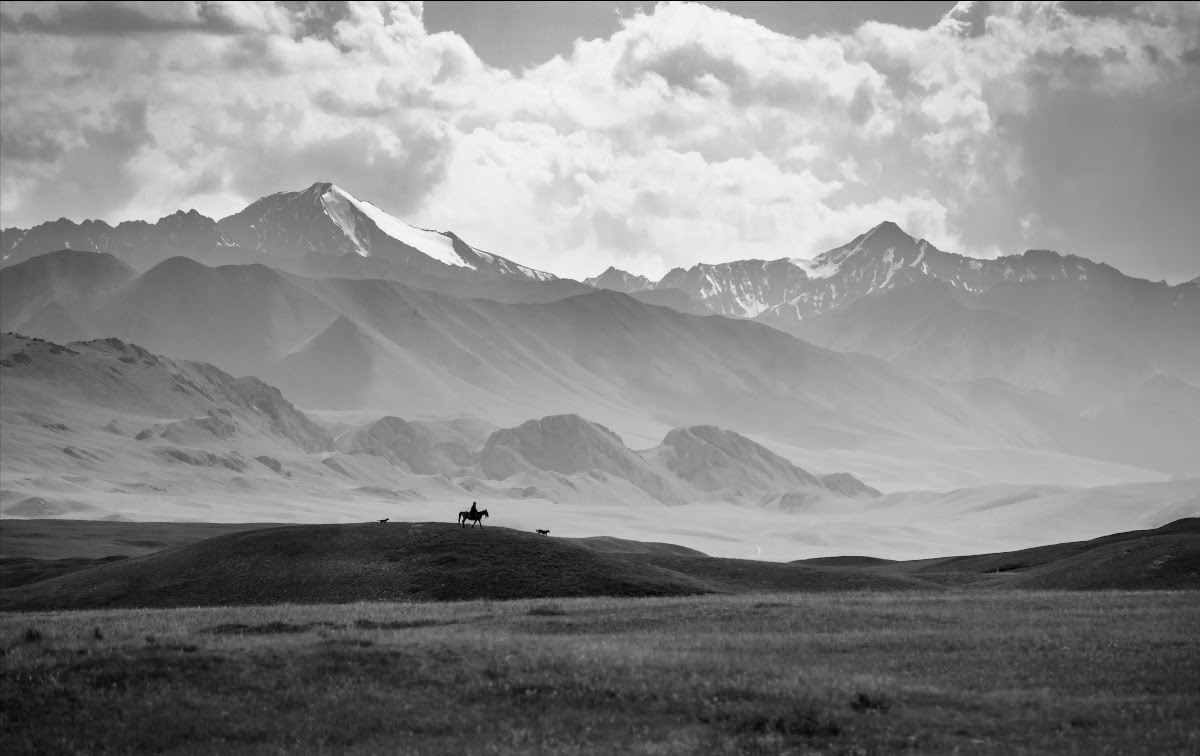
In 2000 I was invited to join a small expedition to climb and photograph in the Tien Shan mountains of Northwest China’s Xinjiang Province, on the border with Kyrgyzstan. Our team of four men, all veterans of Yosemite big wall climbing, would spend the summer exploring high peaks and unknown glacier valleys in search of massive unclimbed granite walls.
At that time Xinjiang was still the “Uyghur Autonomous Region” where ethnic Uyghurs, Kyrgyz, and Kazakhs formed the majority population, but that would soon change as Chinese oppression increased and public uprisings became violent. Today there are over a million Uyghurs being held in “re-education camps,” which are part of one of the largest genocides of this age.
We landed in Urumqi in July and headed West across the historic Silk Road in a couple of land rovers. A few days later we arrived in Akqi and had to convince the military officers to let us enter the remote border region where we would start our trek into the mountains. They were concerned and told us to be careful because Uyghurs were running guns through the mountain passes, something we never confirmed. To the shepherds in this valley, we must have seemed like aliens landing with all our high-tech gear. Our 2000 feet of sheathed nylon ropes were a real temptation to these nomads who made cord from twisted horse hair. It would be another week, after hiring shepherds with camels to help carry our gear to the glacier’s edge that we learned we had been robbed. Much of the rope critical to our enterprise had been stolen. This changed the focus of our expedition from big-wall rock climbing to more alpine objectives.
It took a week to shuttle heavy loads through crevassed boulder fields and establish a basecamp on the glacier at 13,500 feet, surrounded by towering summits and vertiginous unclimbed walls. At the back of the valley a striking summit stood high above all others, and we named it The Grand Poobah.
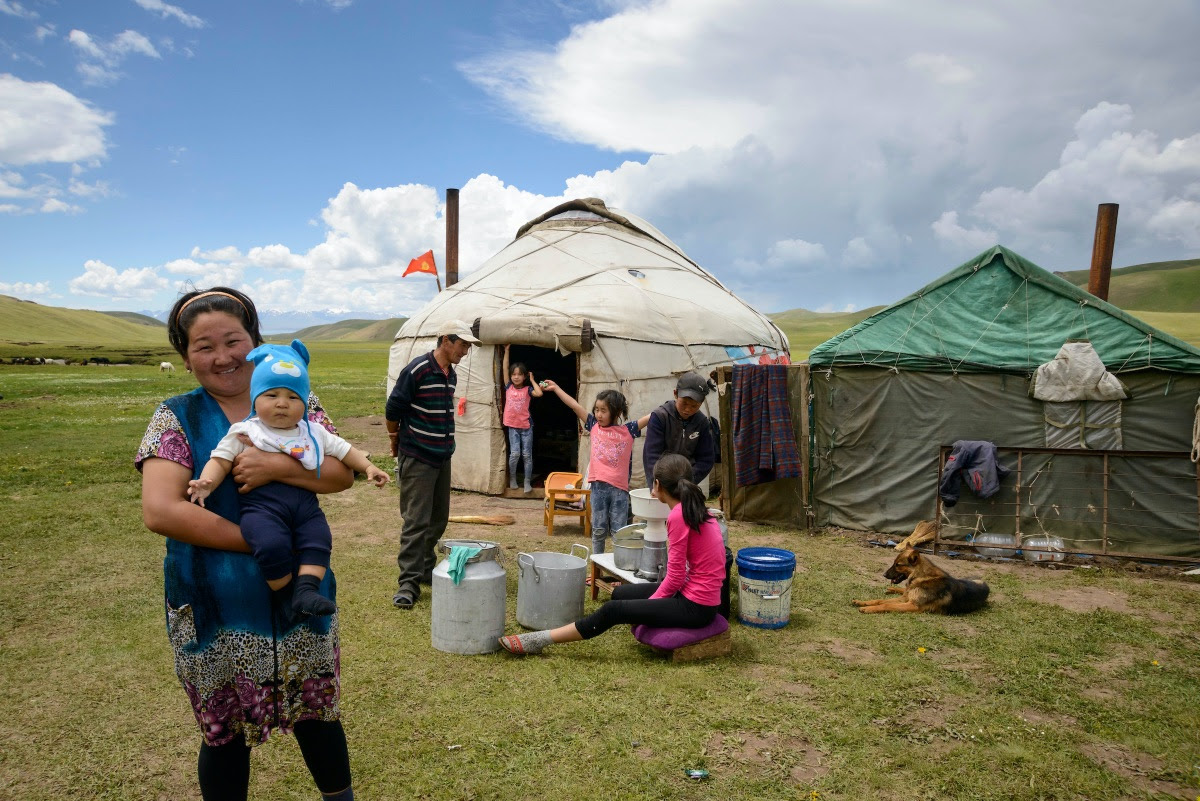
We decided to climb the high peak and get acclimatized before making a fast alpine-style climb of one of the other major walls. What we thought would be a relatively easy 24-hour climb of the 18,658’ (5687m) unclimbed mountain turned into 58 hours of survival through storms and avalanches. Exhausted, out of food, water, and with no tents, stove, or sleeping bags, we had no choice but to press on and with each step caressed the boundary of eternity. Just below the virgin summit, a wild electrical storm denied us of summit joy, but the sense of success was not lost. It was one of those experiences you are glad to have survived and to have done, but don’t want to repeat. The climb became a lens of perspective through which I view life’s many challenges. When I’m cold, hungry, or tired I can look back on that experience and recall what it really means to suffer. It was an incredible opportunity to go to a real terra incognita and fill in a blank spot in the map.
Our photos from the expedition were published in many journals and climbing magazines, and our explorations opened up the area to the many climbers who followed. Upon our return, I decided to leave ice climbing behind, focus on “safer” exploits, and build my photo business. I moved back to Sonoma County and have been living here ever since.
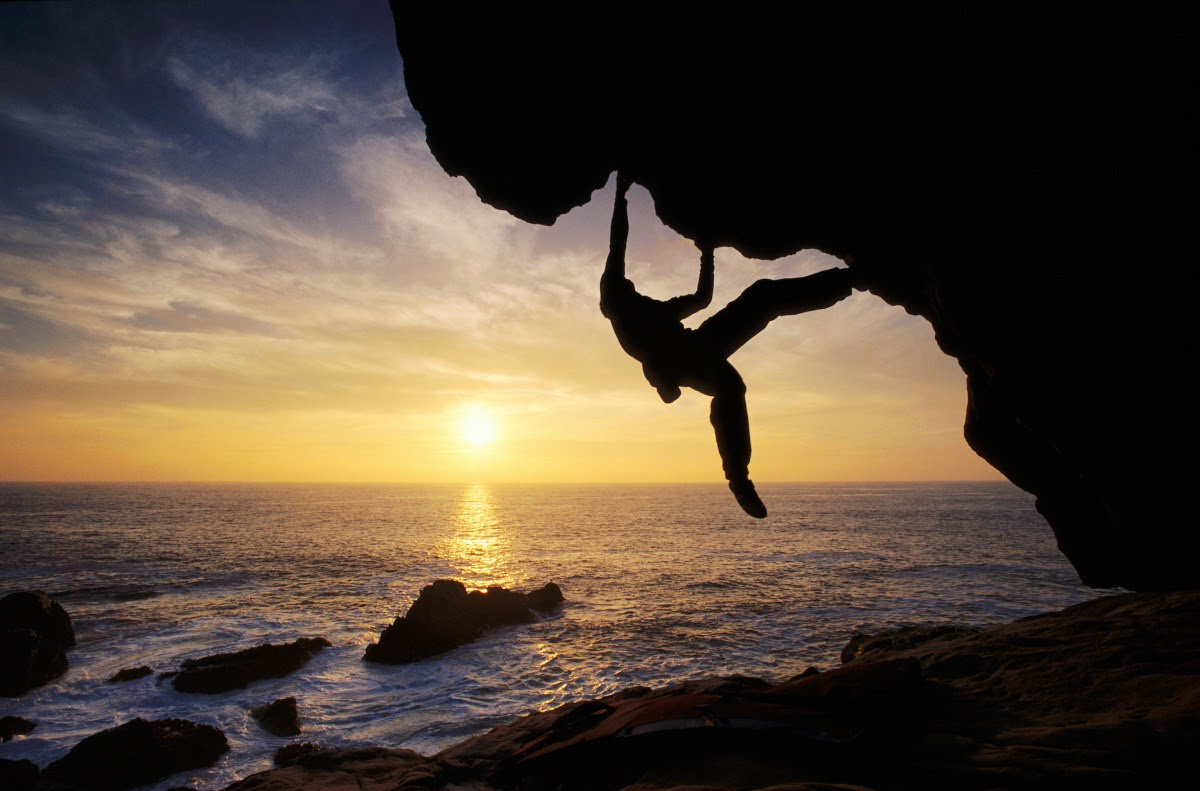
Kevin Jorgesen bouldering at sunset on the craggy Sonoma County coastline in Northern California.
When Galen and Barbara were killed it left me with a sense to continue their legacy. They imbued me with methodology and ideology and compelled me to seek to do important work with my images, be part conservationist, journalist, writer-artist, and adventurer. My photography is tied to places and stories that have importance and purpose to me.
I learned from Galen how to exist as a photographer, having multiple revenue streams and ways of making a living. These run the gamut from editorial and commercial assignments to teaching, writing, licensing stock images, and selling fine art prints. I helped build the Santa Rosa-based camera bag company MindShift Gear but one of my significant sources of income is guiding photography-focused expeditions for the company Visionary Wild, which was started by Justin Black. He and I worked for Galen together in the late ‘90s and have been close friends ever since. The company creates location-based experiences for passionate photographers around the world. Favorite locations for me include rafting the Grand Canyon, sailing in Greenland, and a wild overland trip around the mountains of Kyrgyzstan. We’ve developed an incredible 17-day Silk Road itinerary there that goes back into the same border region in the Kok Shaal Too range where I was climbing twenty-two years ago.
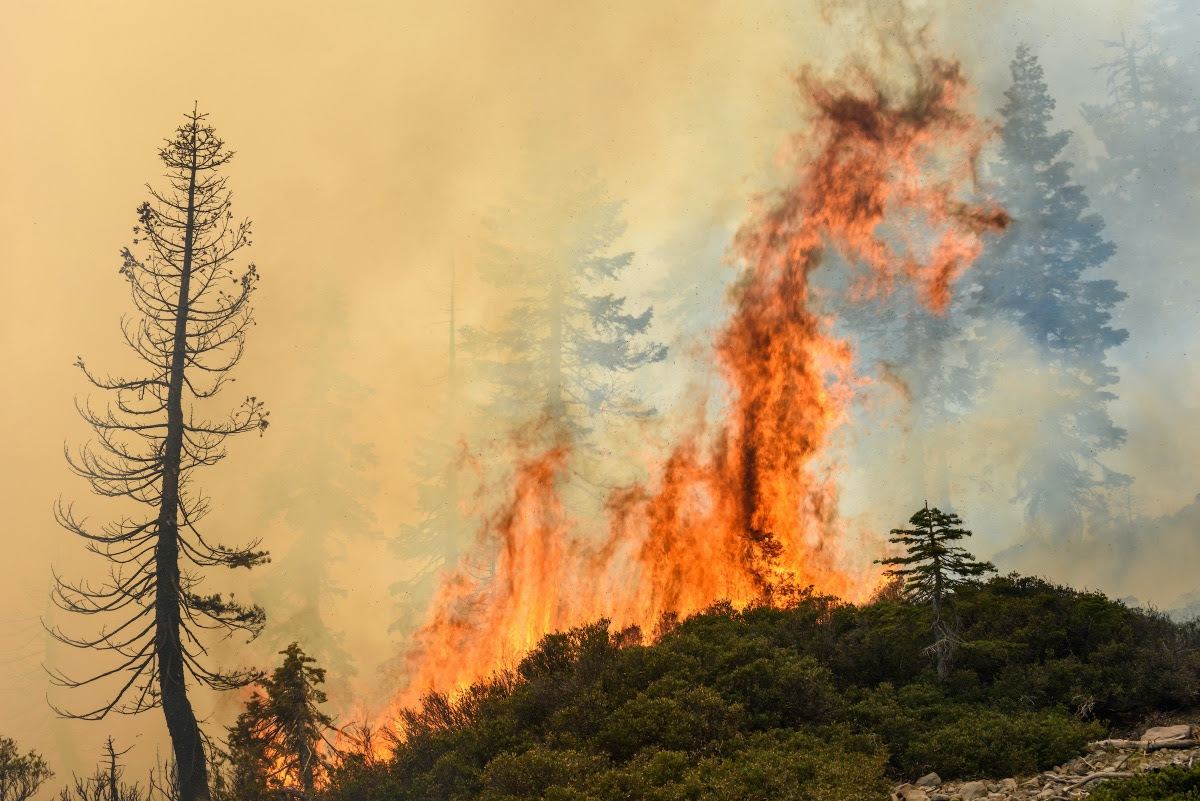
We talked about the recent wildfires that affected northern California, including Sonoma County.
Fire has been part of my family life since high school when my mother married a fire chief. His son, David, and I worked together for the Forest Service while we were in college, but while I pursued my art degree he found a career in emergency services.
When the wildfires of the past few years devastated wine country it felt perfectly natural to pick up the camera and start capturing the stories unfolding in front of us. No one was paying me to do that, but when your community and close friends are losing everything, you have to respond. My documentation started when the 2017 Tubbs Fire burned through Coffey Park, Santa Rosa. Having spent time on large campaign fires in my youth it was obvious to me to go to the Fire Camp at the Santa Rosa Fairgrounds where fire-fighters gathered from all over the West. Intrigued, I spent several mornings photographing just the door logos of the fire trucks, which were from over 500 different districts. The images became a poster called ‘Mutual Aid’ in gratitude to those who came to help. All profits go to the B-Rad Foundation to buy bicycles for kids who lost their homes in the fires. It’s not so much about the photography as the story behind it. (Link to poster)
I had a little obsession with wildfire aviation when David became Battalion Chief of the Grass Valley Air Attack Base and began flying in the OV10 Bronco Spotter planes that guide in air tankers. Through the epic 2020 wildfire season, I had plenty of local opportunities to photograph the amazing pilots and crew who help from above. It’s a whole other world composed of different layers of aircraft over a fire. I had to learn a lot and get some inside tips to be able to anticipate where to be to capture the action. You need to know your subject first so you can put yourself in situations where you’re most likely to get good results.
The incidents of recent years have redefined our relationship with fire and the need for controlling fuel loads if we are going to live in the wildfire ecosystem. The window when it’s dry enough for prescribed burns but not too dry to keep them in control is pretty small, but I’m glad to see the movement toward controlled burns taking hold. Programs like “Fire Forward” are teaching local people to be fire trained.
Some people have been put off by my fire photos because they relate the flames to destruction and fear. I don’t see it that way, but as a necessary force of nature that restores balance to a natural world that has evolved to burn and regenerate. Photographing fires and the fire community is a very personal experience. A couple of years ago I was hired by the Nature Conservancy to document a big controlled burn project in the El Dorado National Forest. There were two fire crews from Stanislaus County where I worked in the 1990s, and as it turned out many of them had been trained by my stepfather. I was given unrestricted access because I came with proper protective equipment and wasn’t going to be a danger for the crew. It was something of a familial experience, and I think the images reflect that connection.
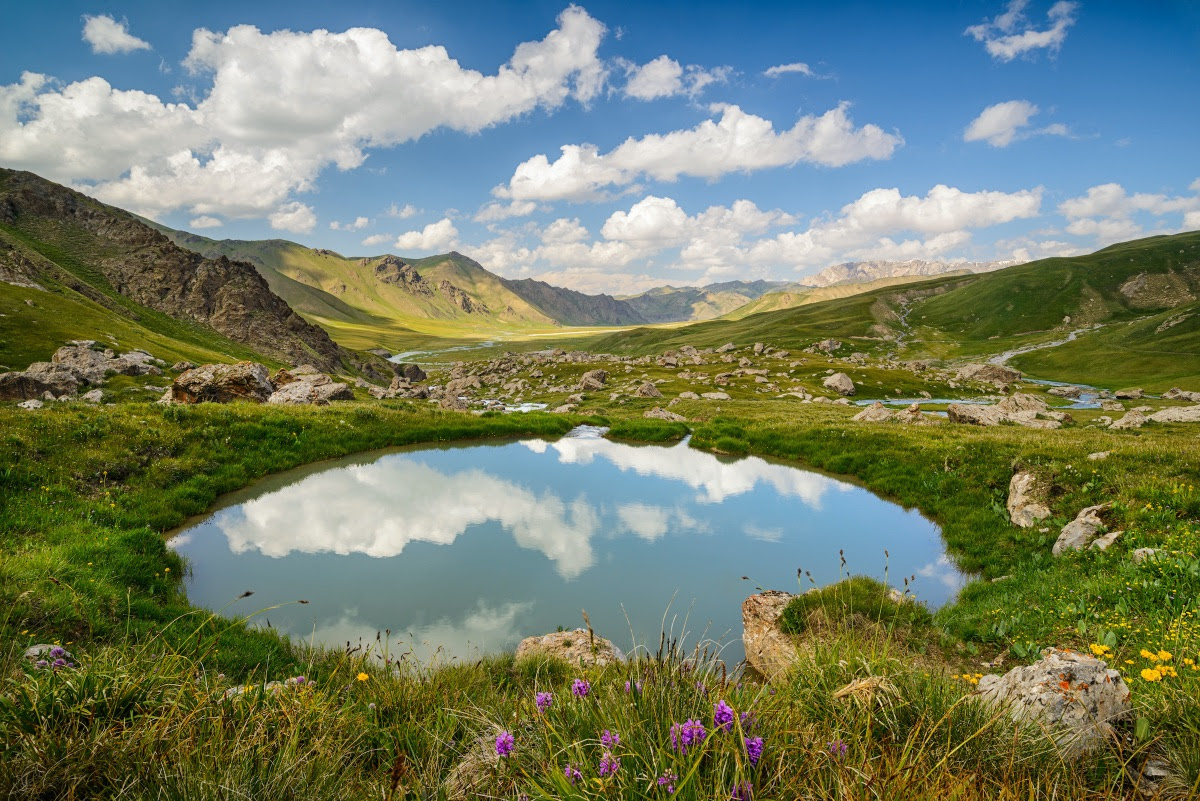
If you wrote out my business plan on paper it probably wouldn’t make much sense, but my strategy is pretty simple: When you invest in your community, your community invests in you. There is no easy or quick way to make a living as a creative and you have to have a long-game strategy for success. You don’t get “discovered,” you just keep doing your best work. This summer I was in Central Asia for six weeks and the schedule for next year is stacked with exotic expeditions. Meanwhile, I’m working to open a gallery so I can show and sell fine-art prints in the small town of Bodega where I live. To me, it’s all about the relationships, stories, and experiences we share with others. Somehow the phone keeps ringing and the bills get paid. I don’t make a lot of money but I’m able to live a pretty rich life.
You can see Jerry’s work and check out the itinerary for upcoming workshops, and expeditions—national and international—on his website: www.jerrydodrill.com
Jerry’s website is brimming with amazing images. Take your time to explore it. He will be giving a 2-Day Creative Landscape Photography workshop on January 6 & 7, 2023 at the Laguna De Santa Rosa Foundation, www.lagunafoundation.org
We are never alone! Earth speaks to each of us daily in ways we can hear as we give our attention to Her.
Joanna Macy and Jonathan Gustin gave a Zoom session on ‘Climate Change as Spiritual Practice,’ in June 2022. Joanna is incredible. The session is about 2 hours. It reminded me of Dr. Zhivago, — it is passionate, tragic, loving, and embraces so many of our emotions. After Jonathan presents the science, Joanna holds a grief council with the audience of over 1000 folks. “Can we allow ourselves to speak as planet animals that we are? To speak as beings of Earth, made of earth, ephemeral, where we’re born and die? La Madre Tierra. We’re facing having Her die on us.” After the circle, Joanne continues, “What you discover is the depth of your caring, the depth of your compassion. We belong to this Earth and to each other. The coming time will be a revelation for us. We can be acted through. Of Earth, for Earth.”
Joanna then moves into regeneration and the unexpected. “We can allow the pain and the suffering to mold us into interbeing and give us a new experience of our own being. I would never want to miss these times!”
“A heart that breaks open to its own power.”
Joanna ends the Zoom with a circle for people to share their hopes and intentions.
Joanna’s book, written with Chris Johnstone, is ‘Active Hope (revised): How to Face the Mess We’re in with Unexpected Resilience and Creative Power Paperback’ (2022).
The second Zoom with Jonathan Gustin and Joanna Macy features Larry Churchill and David Schenck, two bio-ethical professors with many years of experience in hospice and other settings, who’ve come up with six maxims to guide us through these times. Joanna realized the significance of the maxims. “They’re an answer to a prayer I’ve been asking. Let us enter it, let us meet it, to move us out of this rut of fear and dread.” David Schenk and Larry Churchill present their offering with such humility and wisdom! Their contribution ends at just over the hour (1 hr. 3 mins.)
Another week of Peace Through Unity has just ended (September 17th to 24th) and some of its fruits are available at this link. I highly recommend the two sessions that I’ve watched. I find them both sustaining and inspiring!
Day 1: Living Soil with Dr. Vandana Shiva from India, Ernst Gotsch from Brazil, and John D Liu, who documented the restoration of a plateau in China and started worldwide Ecosystem Restoration Camps.
Day 2: Healthy Water with Dr. Anne Poelina, Bernd Muller, and Sadhvi Bhagawati Saraswati. It begins with Anne Poelina talking about water as a living spirit and making a relationship with one’s local water. She comes from an Aboriginal perspective with thousands of years of knowledge. Bernd Muller has developed a very similar perspective from his life-long work in southern Portugal. He also shares a few of his inner discoveries that he sees reflected in our societies, which correspond with different phases of the water cycle.
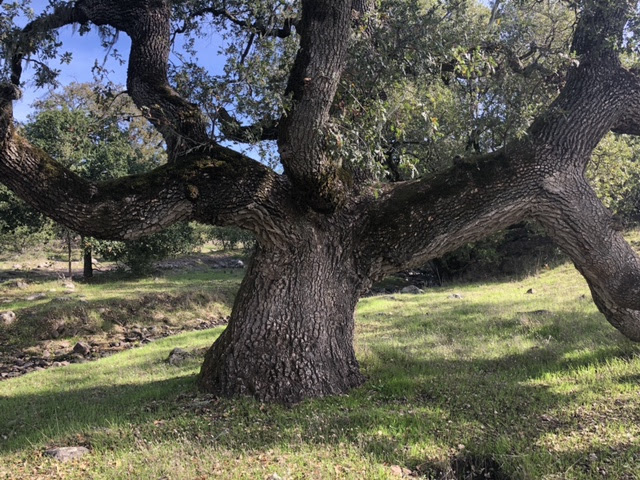
I love this tree that supports my back
the way you did, my dear,
curled against me in bed or offering
an always ready hand up or down a rugged slope.
It’s life tingling like your gentle, lively, deep energy—
flowing into me.
Giving me strength,
rest, and stability;
pulling back together my too-easily scattered parts—
strewn by wounds long past that still leave scars.
I felt safe with you
from judgments and projections,
and my too earnest efforts to meet expectations.
Whose?
Not yours, my love; and neither did you throw at me your own shadow,
but endowed me with your Light, all undeserved,
As if I carried it for you.
This tree, like and unlike the many that we have loved together,
seems to hold that love in its rough bark.
Holly Javadi
Receive the Earth-Love Newsletter, event invitations, and always a poem.
